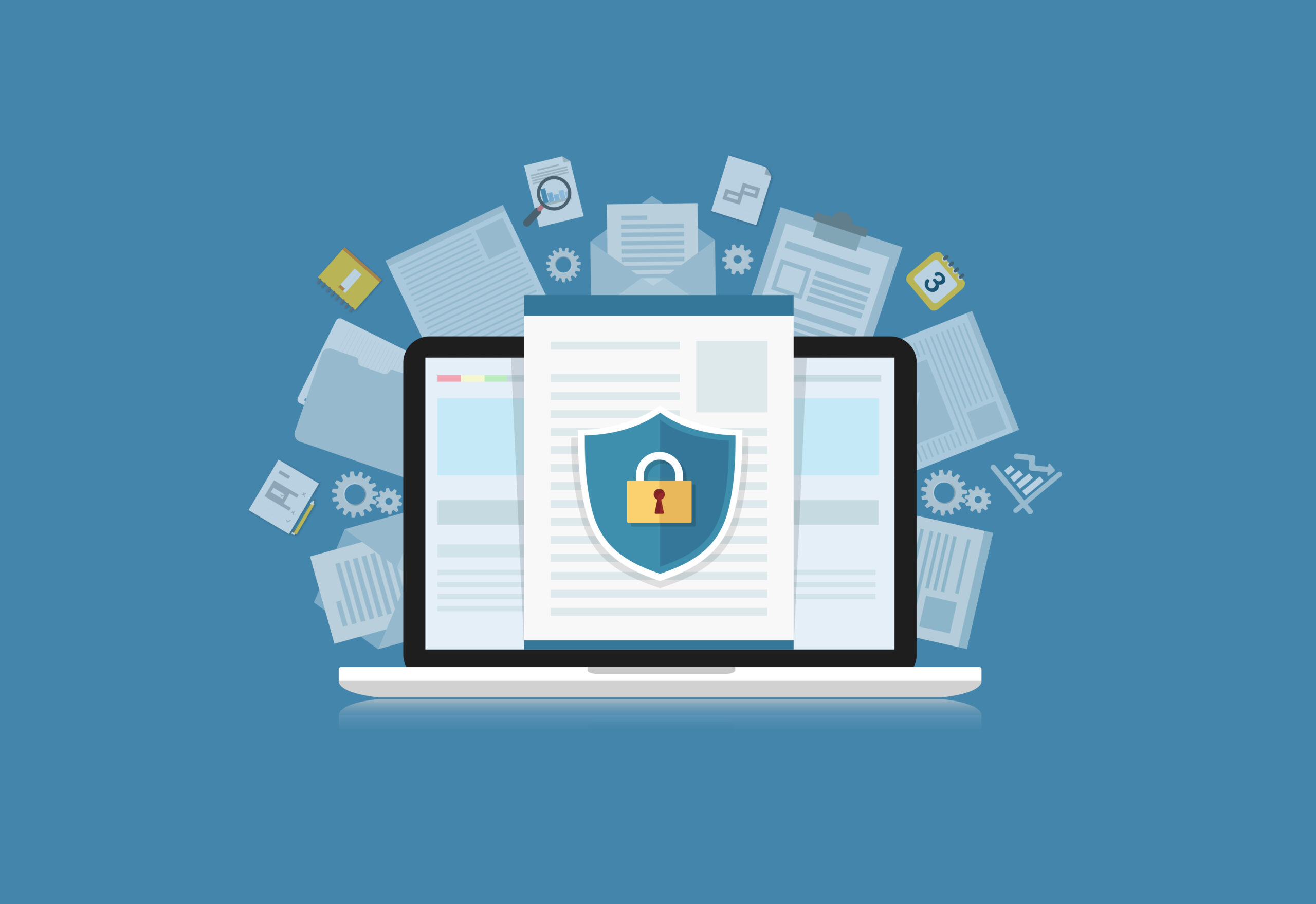
Key Strategies for Ensuring PDPA Compliance
Understanding the realities of
PDPA compliance is just the beginning. To effectively protect personal data and avoid legal pitfalls, organizations need to implement comprehensive strategies. Here are some key strategies to help your organization maintain PDPA compliance:
1. Develop a Comprehensive Data Protection Policy
Action: Create a detailed data protection policy that outlines how personal data will be collected, used, stored, and protected.
Implementation: Ensure this policy covers all aspects of data handling, including data minimization, purpose limitation, accuracy, storage limitation, integrity, and confidentiality. Regularly review and update the policy to reflect changes in regulations and business practices.
2. Conduct Regular Training and Awareness Programs
Action: Educate employees about
PDPA compliance requirements and best practices.
Implementation: Develop a training program that includes workshops, e-learning modules, and regular refresher courses. Focus on practical aspects of data protection, such as recognizing phishing attempts, secure data handling practices, and reporting data breaches.
3. Implement Robust Data Management Practices
Action: Use advanced data management systems to ensure data is accurately and securely handled.
Implementation: Invest in data management tools that offer features like data encryption, access controls, and automated data classification. Ensure these systems can handle the volume and complexity of data your organization manages.
4. Enhance Cybersecurity Measures
Action: Strengthen your cybersecurity infrastructure to protect against data breaches.
Implementation: Adopt multi-layered security measures, including firewalls, anti-malware software, intrusion detection systems, and regular security assessments. Implement strong password policies and multi-factor authentication to secure access to sensitive data.
5. Regularly Audit and Monitor Data Handling Practices
Action: Conduct regular audits to identify and address compliance gaps.
Implementation: Schedule internal and external audits to evaluate your data protection practices. Use audit findings to make necessary adjustments and improvements. Continuously monitor data handling activities to ensure ongoing compliance.
6. Establish a Clear Data Breach Response Plan
Action: Develop a detailed response plan to manage data breaches effectively.
Implementation: Outline the steps to be taken in the event of a data breach, including containment, investigation, notification, and remediation. Assign roles and responsibilities to specific team members and conduct regular drills to ensure preparedness.
7. Manage Consent and Data Subject Rights
Action: Implement systems to manage consent and respond to data subject requests efficiently.
Implementation: Use consent management platforms to obtain and document consent for data processing activities. Ensure individuals can easily withdraw consent and exercise their rights to access, correct, or delete their data.
8. Ensure Third-Party Compliance
Action: Conduct thorough due diligence and ongoing monitoring of third-party vendors.
Implementation: Establish strict contractual obligations for data protection and conduct regular assessments of third-party practices. Ensure that vendors comply with PDPA requirements and take prompt action if any issues arise.

9. Utilize Privacy Impact Assessment (PIA) Tools
Action: Assess the privacy risks associated with new projects or changes to existing processes.
Implementation: Use PIA tools to identify potential privacy risks and implement measures to mitigate them. Conduct these assessments at the early stages of project development to integrate data protection by design.
10. Stay Informed About Regulatory Changes
Action: Keep up-to-date with changes in data protection laws and regulations.
Implementation: Subscribe to industry newsletters, participate in webinars, and join professional organizations focused on data protection. Assign a team member to monitor regulatory updates and ensure your policies and practices remain compliant.









